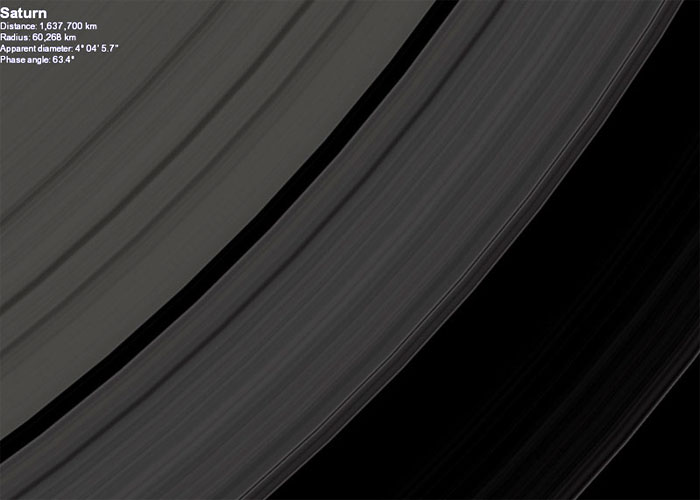-
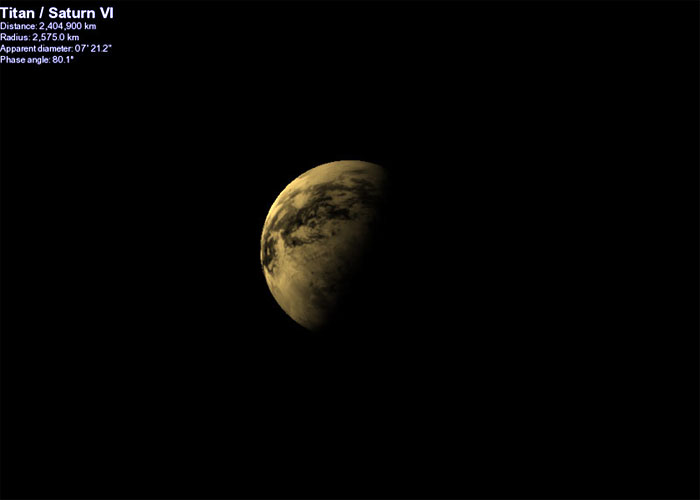
-
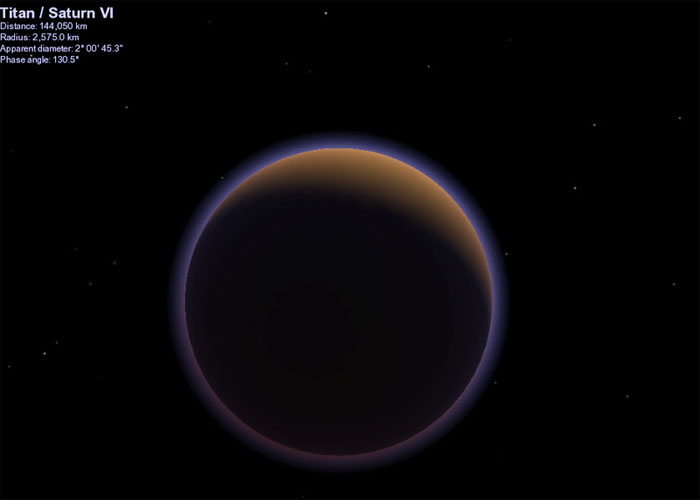
-
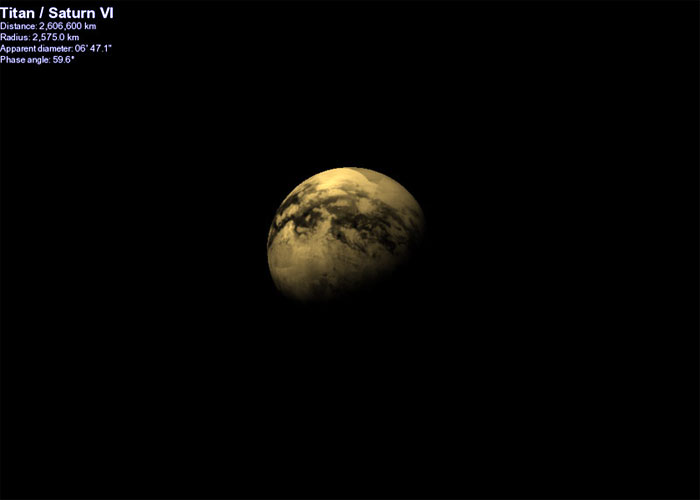
ISS begins its observations for Rev175 the day after apoapse with a pair of observation of a gibbous Titan from a distance of 2.53 to 2.61 million kilometers (1.57 to 1.92 million miles). These observations are designed to look for clouds in the moon's atmosphere as part of the "Titan Monitoring Campaign" (TMC). These two observations are designed to monitor clouds over the moon's southern and trailing hemispheres. ISS also will be taking shorter-wavelength images to study changes in Titan's upper haze layers. ISS will image Titan again on November 22 and 23 covering the southern and sub-Saturn hemispheres once more.
-
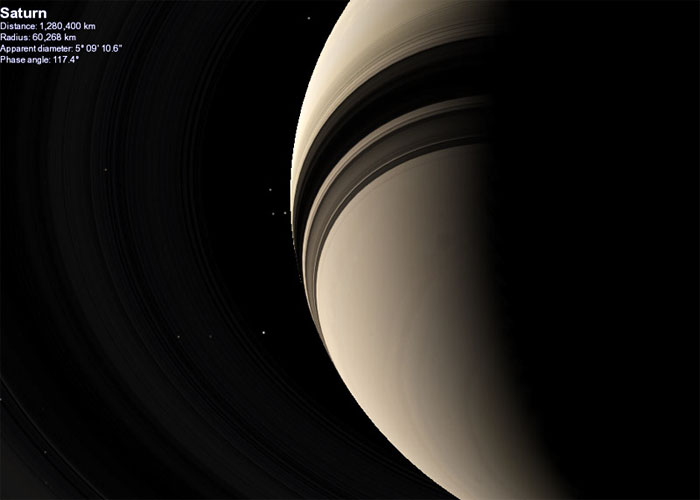
On November 20 and 23, ISS will ride along with Ultraviolet Imaging Spectrometer (UVIS) scans of Saturn. The camera system will then acquire a series of WAC images of Saturn in order to measure wind speeds over a period of 5 hours. Similar sets will be taken on November 21, 23, and 24. On November 24, ISS will ride along with a Composite Infrared Spectrometer (CIRS) observation of Saturn's south polar aurora. In addition to making a movie of the planet's aurorae, the images will be used to independently measure the rotation period of Saturn's magnetic field. ISS's observations of the aurora will continue into a pair of Visual and Infrared Mapping Spectrometer (VIMS) observations of the planet's south pole on November 24 and 25.
-
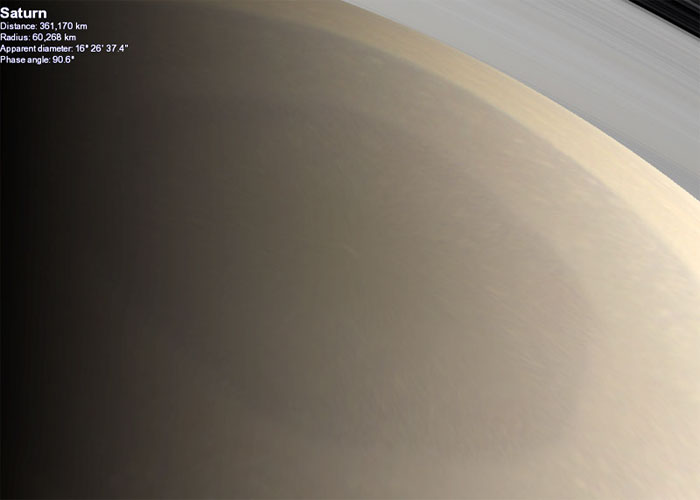
On November 27 at 02:15 UTC, Cassini will reach periapse for Rev175 at an altitude of 355,680 kilometers (221,010 miles) from Saturn. During the periapse period on November 26, ISS will image the limb of Saturn while the Sun is behind the planet. This will provide an excellent opportunity for observing the various haze layers in the planet's upper atmosphere. Early on the 27th, ISS will acquire a short movie of the planet's north polar region. Researchers will be looking to see if there is a north polar vortex to match the one observed at the south pole earlier in the mission. In addition, spring has progressed far enough that the entirety of the hexagonal jet stream that lies near 77 degrees North latitude will be in sunlight. The hexagon should fill the Wide-angle-camera (WAC) images for this observation. Later on the 27th, ISS will ride along with VIMS in order to acquire a WAC mosaic of Saturn's northern hemisphere and north polar region.
-
